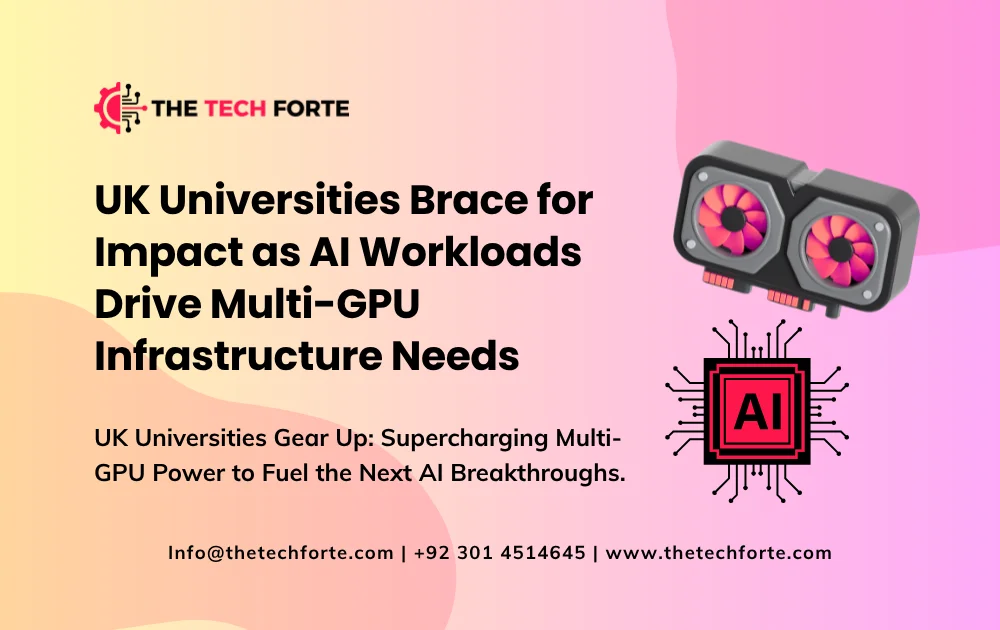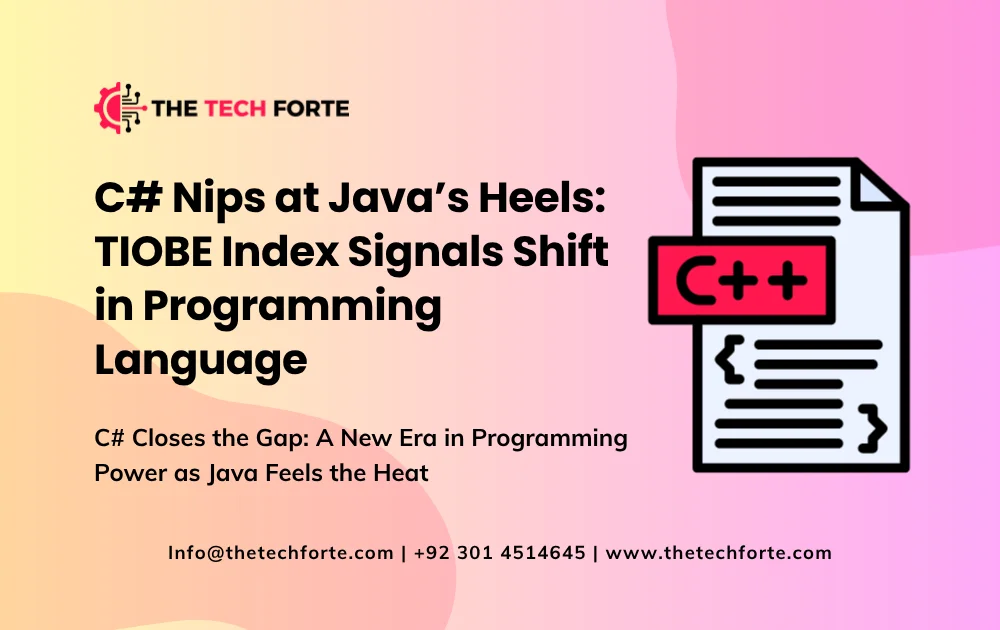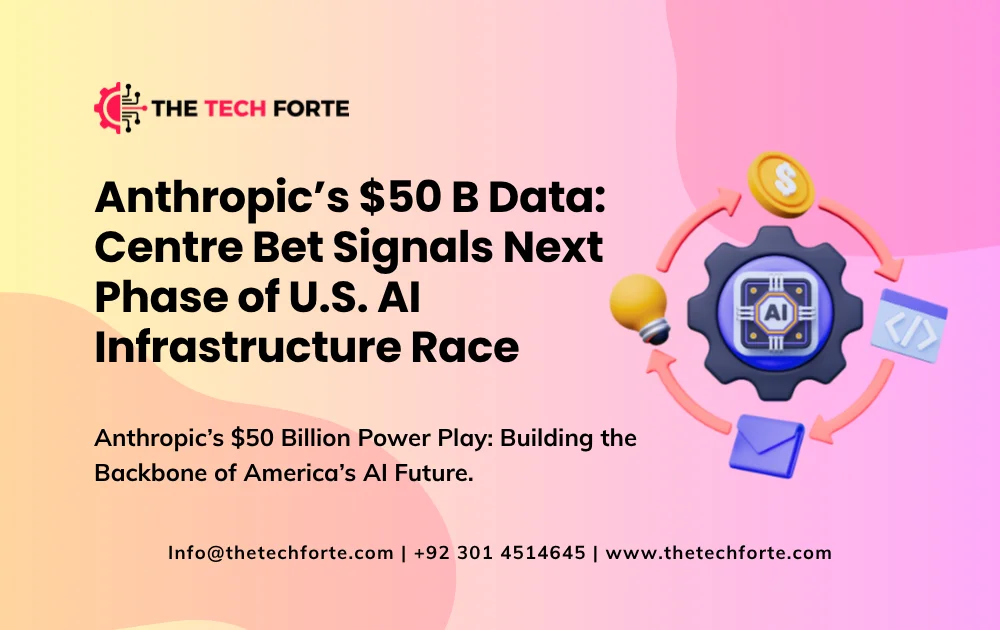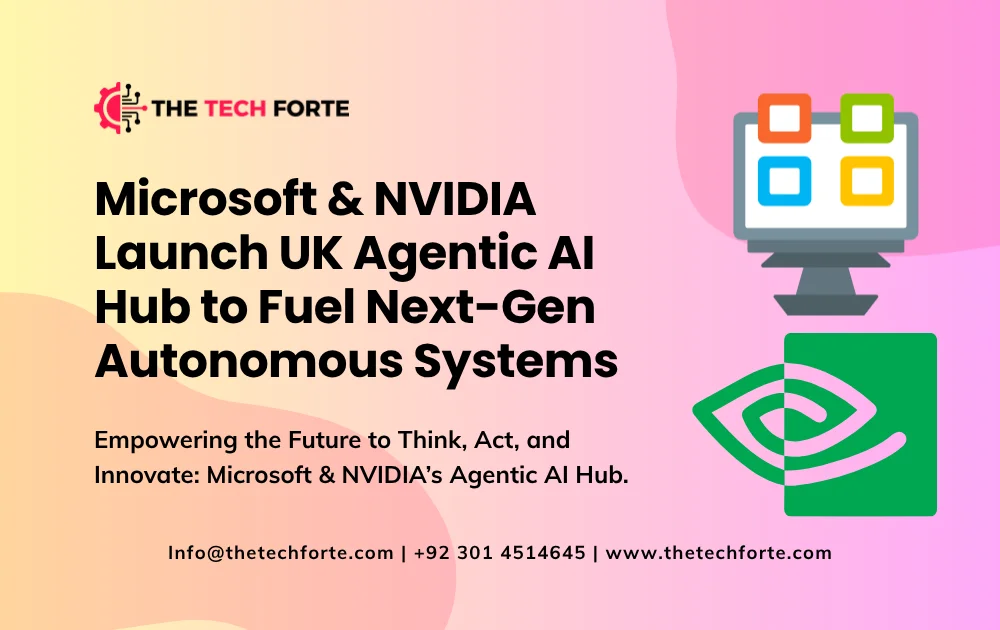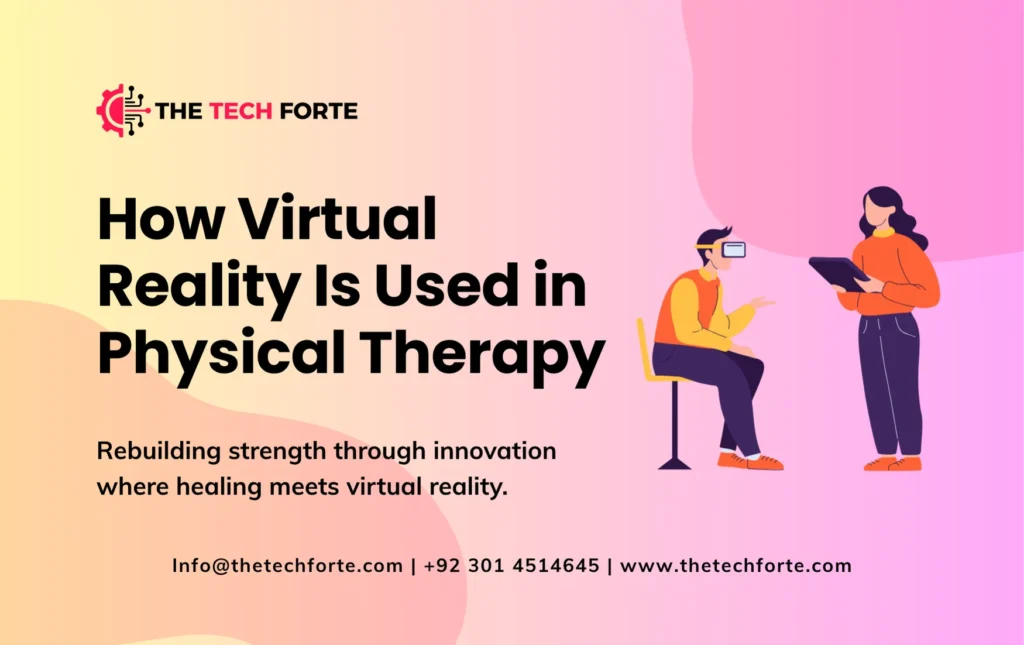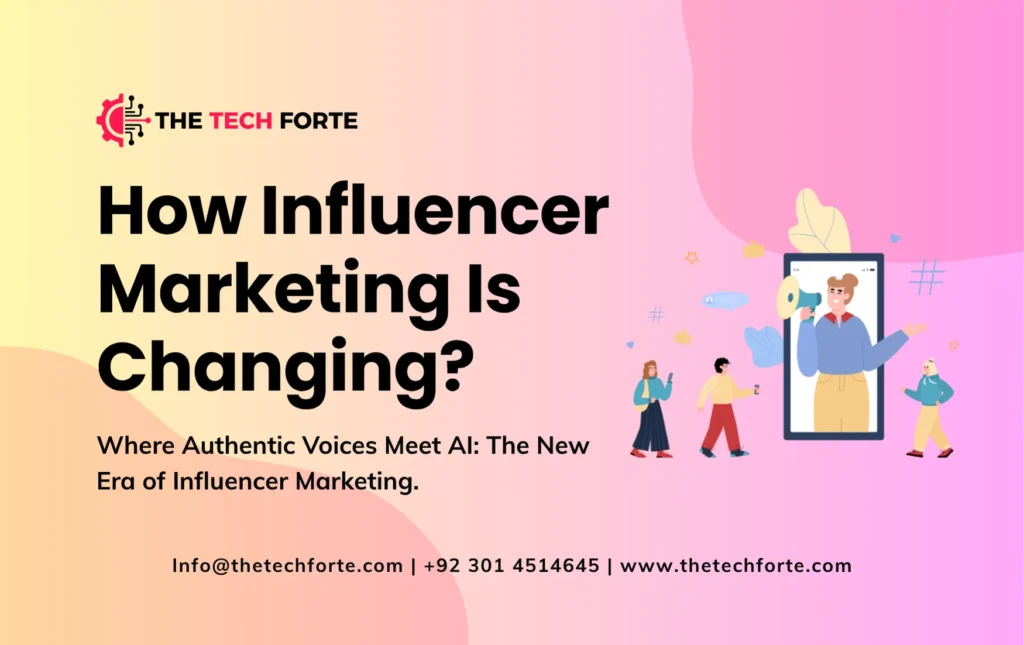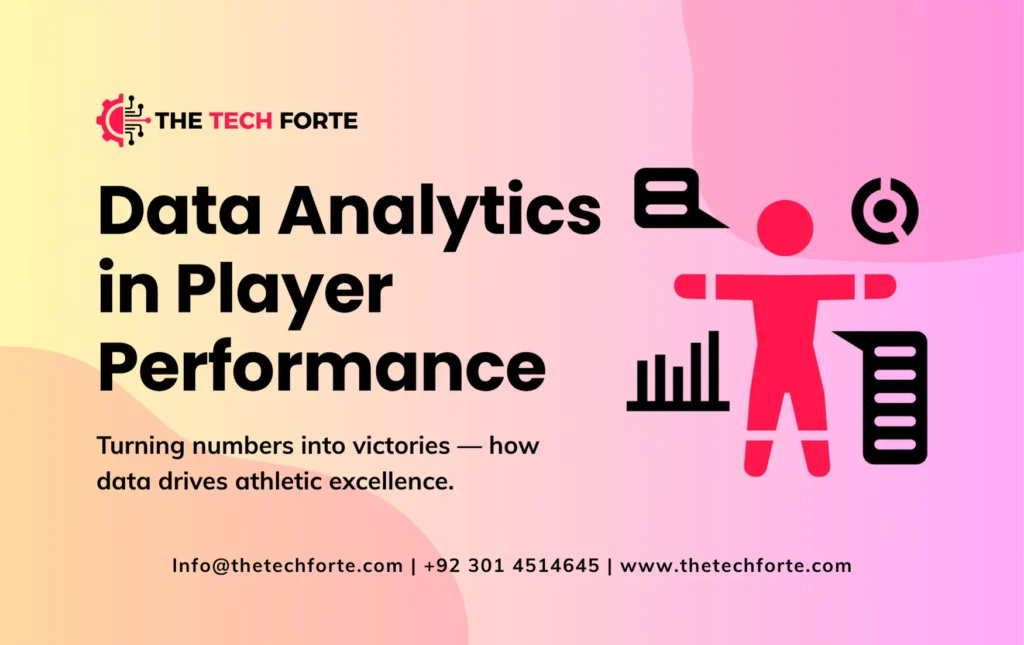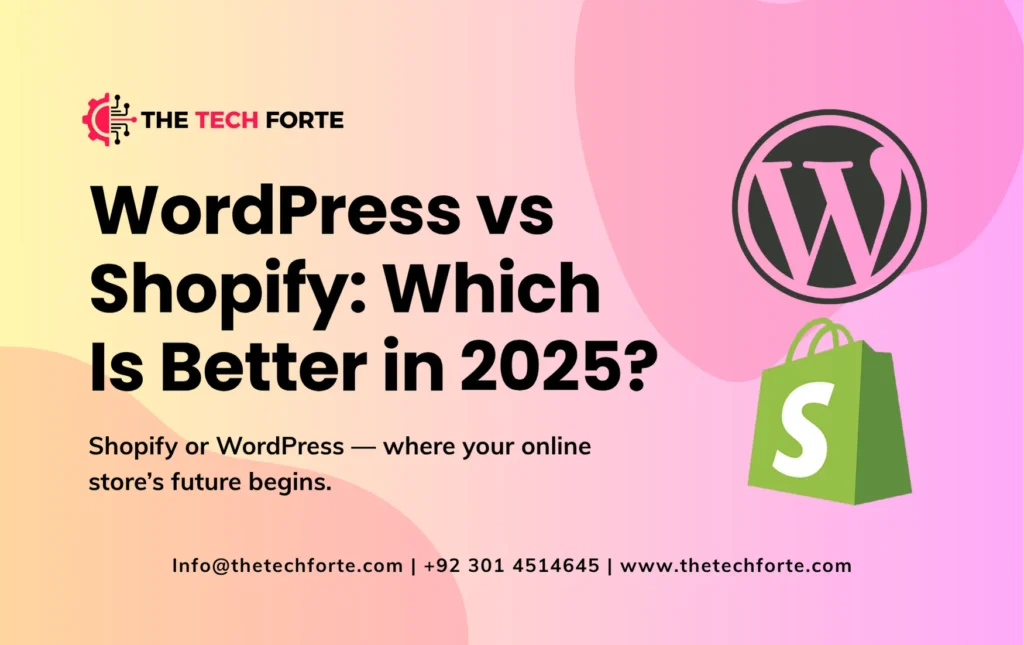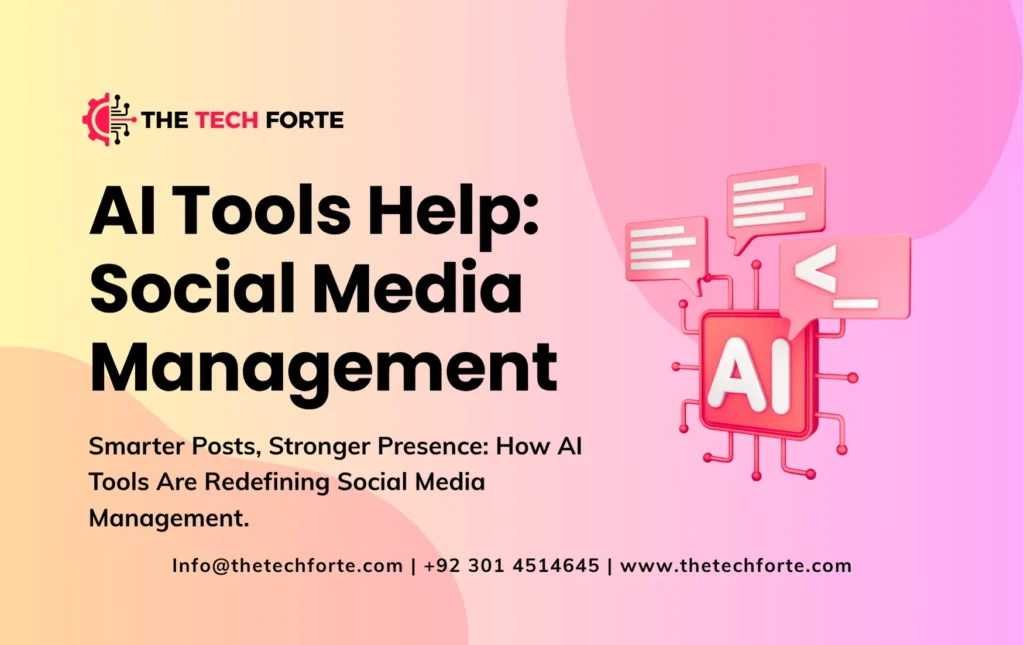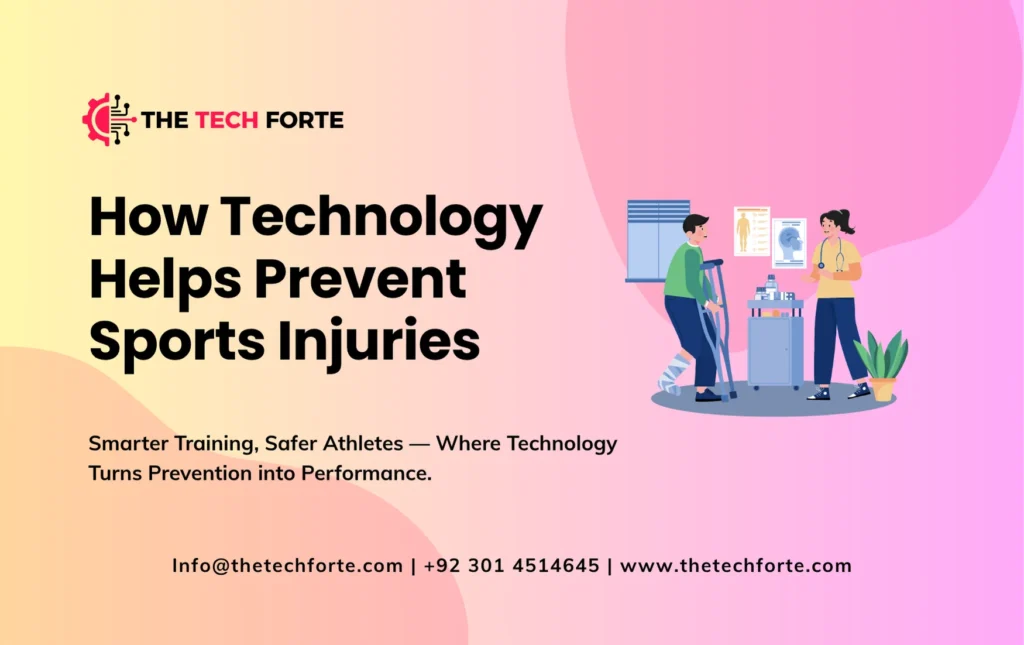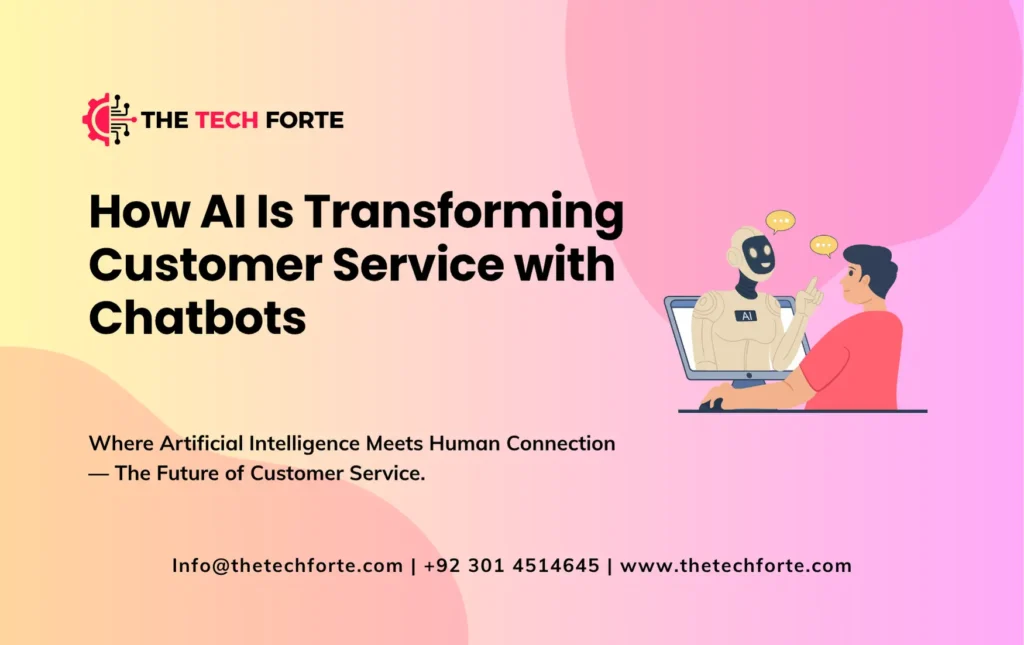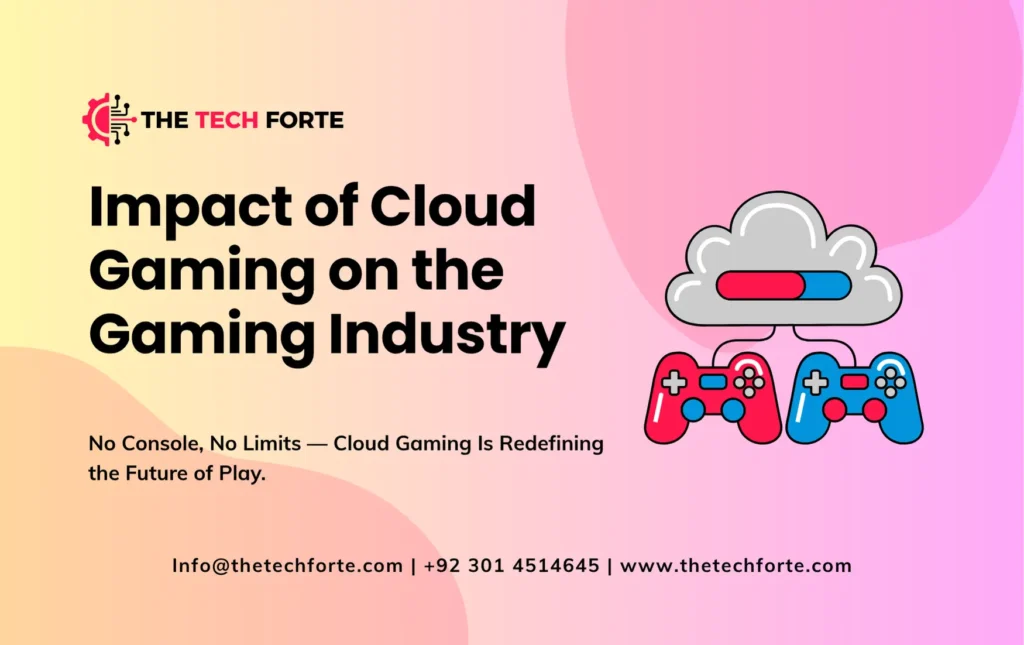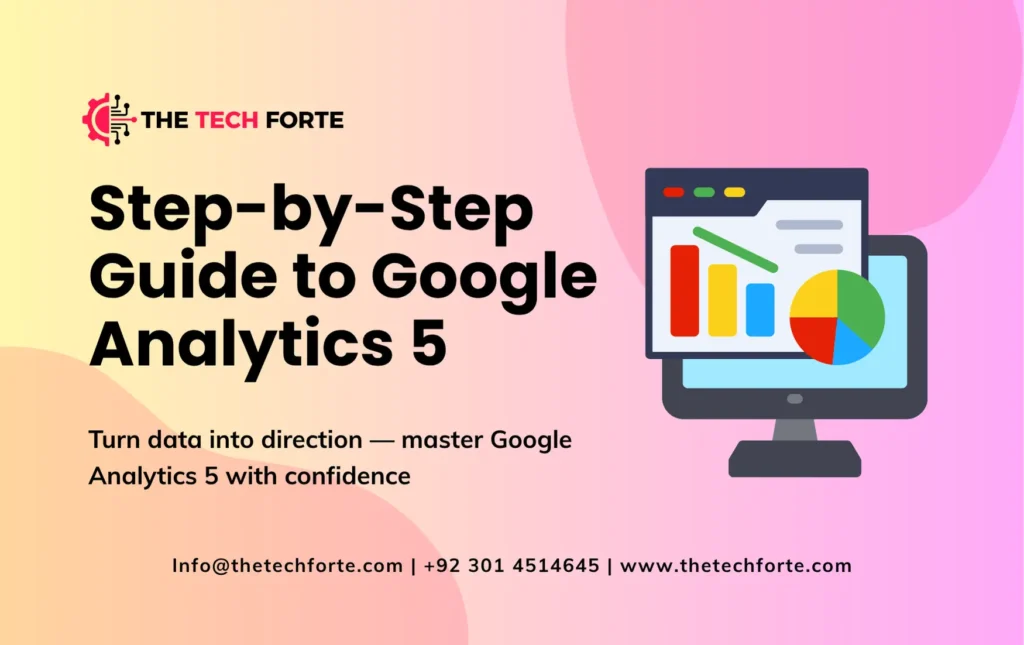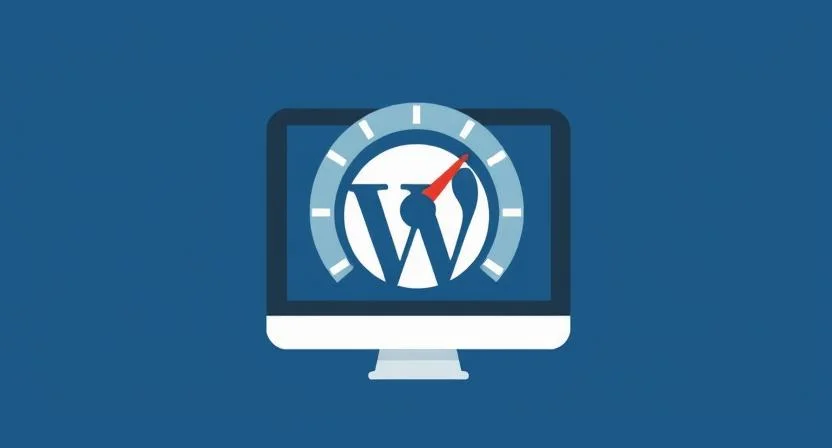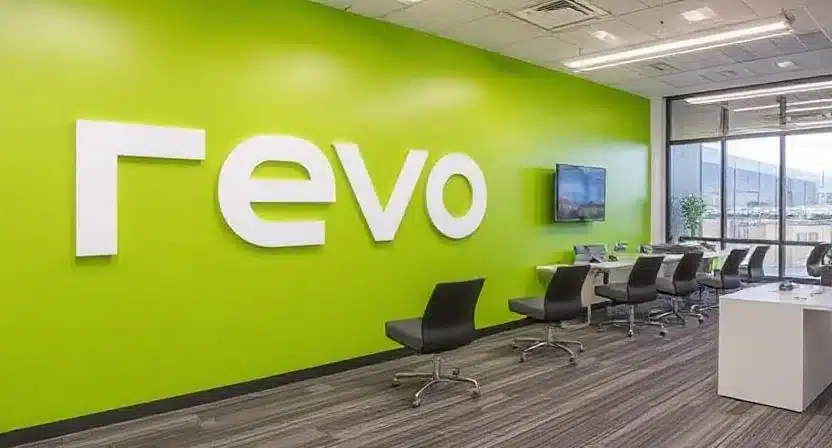Microsoft & NVIDIA Launch UK Agentic AI Hub to Fuel Next-Gen Autonomous Systems
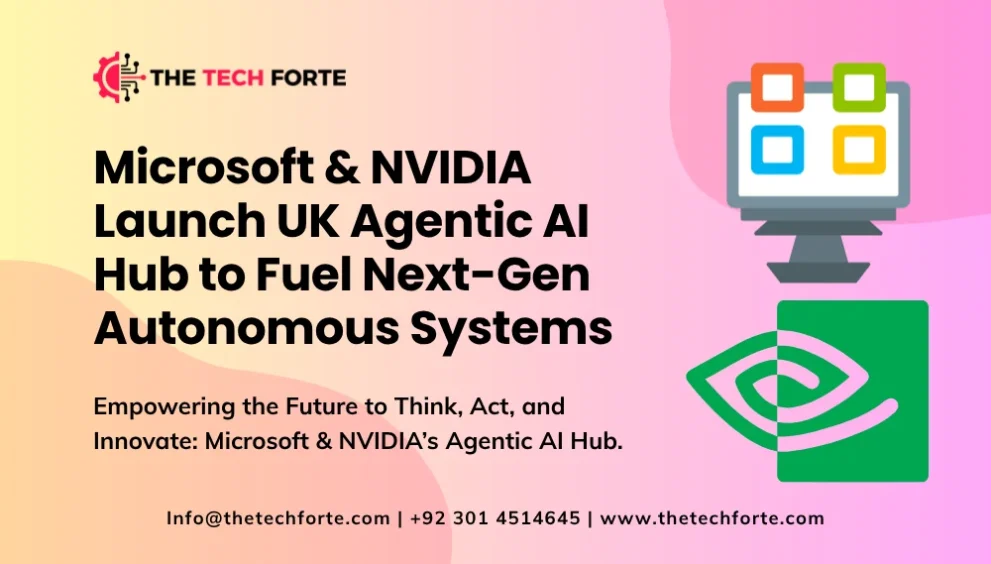
On 3–4 November 2025, Microsoft, in partnership with NVIDIA and WeTransact, announced the Agentic Launchpad, a UK & Ireland-focused accelerator designed to fast-track startups building agentic or autonomous AI systems. The program bundles technical help, cloud credits, training, and commercial routes to market explicitly aimed at companies building AI that acts (plans, decides, and executes) rather than only reacts to prompts. The launch is being positioned as a strategic step in Microsoft’s broader investment in the UK AI ecosystem and as another major collaboration between the software giant and the world’s leading AI chipmaker.
Below, I walk through what the Agentic Launchpad is, what it offers to startups, how it fits in the UK’s AI playbook, why Microsoft and NVIDIA care about agentic systems now, what founders should watch for, and the policy, safety, and commercial questions this programme raises. The goal: give founders, investors, and policy watchers a one-stop, practical briefing in the same direct, tech-press tone used by the competitors who covered the launch.
What is the Agentic Launchpad?
The Agentic Launchpad is a dedicated accelerator and support hub for early-stage companies in the UK and Ireland that are building agentic AI systems capable of autonomous, multi-step decision-making and continuous task execution across real-world workflows. The initiative was announced as a joint effort between Microsoft, NVIDIA, and WeTransact, and is part of a broader set of investments and programmes Microsoft has been making to deepen R&D, product development, and commercialization in the UK.
Key structural points publicised by the partners:
- The programme will run as a short, intensive accelerator (public reporting identifies a six-week format for core support and workshops).
- Participating startups receive a mix of technical support (Azure engineering hours, access to Microsoft agent frameworks), training and curriculum from NVIDIA (e.g., Deep Learning Institute resources and fast-track entry to NVIDIA’s Inception network), commercial go-to-market support (marketplace listings, media exposure, co-sell introduction to Microsoft account teams), and links into industry events and networks.
- Applications opened immediately on announcement, with an application window set through late November 2025 for the initial cohort.
In plain terms: Microsoft supplies cloud plumbing, platform integrations, and enterprise channels; NVIDIA supplies compute training and GPU-related acceleration; WeTransact and other partners help with marketplace listings and commercial access. The combined package is built to shorten the path from prototype to enterprise POC and (critically) into procurement cycles.
Why “Agentic” AI and why now?
The move to “agentic” AI reflects a shift in how companies think about value from models. Rather than treating LLMs or models as assistants that respond to queries, agentic AI systems are designed to own tasks: set subgoals, call tools or APIs, monitor progress, and adapt when things go wrong. That capability creates automation value beyond simple productivity boosts it enabling end-to-end workflows, autonomous decision loops, and systems that can orchestrate other software and hardware.
Microsoft and NVIDIA are well-placed to supply what agentic systems need:
- Compute & infrastructure: agentic systems are computationally intensive and often require GPU acceleration, which is NVIDIA’s core domain. NVIDIA’s ecosystem (Inception, DL Institute, optimized stacks) helps startups shorten the learning curve.
- Cloud & integration: agentic systems must be integrated with identity, security, APIs, monitoring, and enterprise compliance regimes, areas where Azure and Microsoft enterprise channels add value.
This alignment of compute, platform, and go-to-market is the business logic behind the launch: accelerate the technical build while smoothing enterprise adoption paths, and both Microsoft and NVIDIA benefit from more production workloads on their stacks.
What startups will actually get
Across the press coverage and official messaging, the Agentic Launchpad promises a layered package. Different write-ups emphasise slightly different items; below is a consolidated and practical breakdown of what founders can expect.
Technical & engineering support
- Azure credits to offset cloud costs during development and POC stages.
- Dedicated engineering office hours (reports mention up to ~150 hours of Azure engineering support for certain cohorts in similar past accelerators).
- Access to Microsoft’s Agent Frameworks and integration patterns so startups can build agentic behaviours using supported, enterprise-grade components.
NVIDIA training & compute enablement
- Fast-track entry to NVIDIA Inception, access to Deep Learning Institute courses and curriculum, and technical mentorship on GPU optimisation and model deployment.
Commercial & go-to-market support
- Listings and promotional pathways via WeTransact and the Microsoft Marketplace.
- Co-sell and introductions to Microsoft account teams and enterprise customers to accelerate procurement and POC conversations.
- Media exposure at Microsoft AI events and the Microsoft AI Tour helps with visibility and credibility for early-stage companies.
Community, workshops, and events
- Curated cohorts, mentorship sessions, security and governance workshops, and networking events are the standard accelerator ingredients, but with an enterprise-AI tilt.
Taken together, the package is engineered to lower technical risk (compute + engineering support), lower commercial friction (marketplace + co-sell), and raise credibility (NVIDIA training + Microsoft brand).
How the Launchpad fits Microsoft & NVIDIA’s strategic playbooks
This program is not an isolated PR stunt it maps onto long-term strategies for both firms.
Microsoft
- Microsoft has been investing heavily in UK AI infrastructure, product engineering, and commercial presence. This includes previous accelerator programs (GenAI Accelerator) and stated multi-billion-dollar investments into building up the UK as an AI hub. The Launchpad extends that play by targeting the higher-complexity agentic tier of AI startups.
NVIDIA
- For NVIDIA, supporting agentic startups expands the market for GPU compute and makes NVIDIA the default optimisation target. Investments and partnerships in UK infrastructure and strategic funding moves (e.g., large UK investments announced in 2025) show that NVIDIA wants Britain to be a place where GPU-intensive research and production happen.
The alliance makes commercial sense: Microsoft provides the enterprise route; NVIDIA provides the hardware and training; startups provide the innovative payload that gets workloads onto both vendors’ stacks.
The UK context: why the country matters
The UK is a significant choice for a few reasons:
- Deep AI research & talent pool: the UK hosts world-class labs and companies (DeepMind, academic centres) and a thriving startup scene. That talent concentration makes it a fertile ground for agentic innovation.
- Policy & testing initiatives: the UK government and regulators have been active in enabling AI testing frameworks (e.g., FCA partnerships on AI sandboxes) and fostering infrastructure investments, both of which lower the regulatory friction of testing advanced systems in real environments.
- Commercial opportunity: UK enterprises are increasingly moving to adopt AI for automation, compliance, and customer outcomes; agentic agents promise higher value propositions (closed-loop automation) if safety and governance can be assured.
Because of these factors, Microsoft and NVIDIA are framing the Launchpad as part of a longer effort to make the UK a stable, sovereign AI production base, not simply a demo market.
Realistic benefits and what the fine print of “support” usually looks like
Founders should read the shiny headline benefits with practical expectations. From previous Microsoft/NVIDIA startup programs and the public descriptions, the typical real-world mechanics look like this:
- Cloud credits: usually meaningful but finite; they cover short-term experimentation and POCs but won’t sustain high-cost production for long periods without a follow-on funding or paid contract.
- Engineering office hours: invaluable for early architecture and getting past technical blockers; but these are scoped and limited, they nudge product-market fit rather than build full systems on behalf of startups.
- Co-sell introductions: these open doors, but converting an introduction into a multi-year enterprise contract requires domain credibility, compliance readiness, and proof of real value. Microsoft account teams will prioritise solutions that de-risk procurement for their customers (security, SLAs, support).
- NVIDIA Inception & training: the training and optimisation help shorten deployment time on GPU stacks — critical for performance and cost control. But access to large clusters and cheap GPUs remains an infrastructure and cost challenge.
In short, the Launchpad offers a potent boost, but it is not a substitute for strong product traction, domain focus, governance design, and sales execution.
Practical checklist for startups applying to the Launchpad
If you’re a founder considering an application, here’s a practical checklist to increase your chances of acceptance and to make the most of the program:
- Clarify the agentic use case: show concrete workflows where an agent can reliably improve outcomes (e.g., automated claims triage, supply-chain orchestration, autonomous R&D workflow). Avoid abstract “we use LLMs” statements.
- Demonstrate safety & governance posture: provide an outline of data governance, risk controls, audit trails, and human-in-the-loop safety checks. Agentic systems raise practical risk questions that enterprise buyers will ask.
- Cost & compute plan: show realistic GPU / cloud cost estimates and an optimisation plan (quantisation, batching, model offloading). This signals maturity to NVIDIA and Microsoft engineers.
- Early enterprise proof: have at least a POC or pilot with measurable KPIs (reduction in cycle time, increased throughput, error reduction), even pilot customers with letters of intent help.
- Integration & security readiness: demonstrate how your agent will integrate with common enterprise identity stacks (Azure AD, SSO), logging, observability, and incident management.
- Go-to-market focus: identify target verticals and initial accounts; explain the customer acquisition path and why Microsoft’s co-sell or marketplace listing matters for your category.
- Team composition: show expertise across ML/ops, software engineering, domain experts, and a plan for post-program scaling.
Following this checklist will make your application more credible and help you extract the maximum value if accepted.
Policy, safety, and governance are the elephants in the room
Agentic systems move beyond suggestion to action. That amplifies the potential for real-world harms: erroneous decisions, data exfiltration via tool calls, unsafe actions when interacting with external systems, and compliance breaches. This raises three immediate governance priorities for startups and for the Launchpad itself:
- Transparent decision logging: every action an agent takes must be logged with rationale, inputs, and outcomes so incidents are traceable and auditors can reconstruct the decision chain.
- Human-in-the-loop (HITL) gating: for tasks with safety or legal impact, human approval should be a default or implemented as a configurable policy enforced by the platform (rollbacks, kill switches).
- Tool-call controls & sanitization: agents commonly call external APIs and automation tools. Limit the scope of allowed tool calls and sanitize outputs to prevent data leaks or unintended operations.
Microsoft and NVIDIA have incentives to bake governance patterns into any agent frameworks they promote because enterprise customers demand it expect the Launchpad to emphasise security workshops and governance templates as part of its curriculum. But the real test will be whether startups graduating from the programme adopt operational controls in production and whether regulators view those controls as sufficient.
Potential economic and industrial effects
If the Launchpad achieves its stated goals, we should expect several measurable outcomes over the next 12–36 months:
- Faster enterprise adoption of agentic solutions in verticals where task automation yields clear ROI (e.g., legal automation, finance operations, logistics orchestration).
- More UK-based production workloads running on Azure + NVIDIA stacks, strengthening both companies’ commercial positions and possibly attracting follow-on infrastructure investment in UK data centre capacity.
- A competitive signal to other cloud and chip vendors to create similar, vertically tuned accelerators, which could expand the country’s innovation network but also raise vendor lock-in concerns.
- A talent pipeline effect: short programmes, if well-executed, can turn technical talent into startup founders faster, accelerating company formation in the agentic niche.
However, there are risks: if large platform vendors become the dominant gateways to enterprise procurement (marketplace + co-sell), smaller independent open-source alternatives may struggle to compete unless they prove superior on cost or domain performance.
Risks and open questions that investors and policymakers will track
Vendor lock-in vs. interoperability:
The Launchpad’s tight coupling with Microsoft and NVIDIA stacks boosts speed to market but increases vendor dependency. Will the programme encourage open standards or primarily promote platform-specific integrations?
Access to compute:
GPUs and cloud costs remain a bottleneck for many startups. The Launchpad’s training and credits help early stages, but production-scale agentic workloads will still need sustained infrastructure planning. How will startups finance that gap?
Regulatory scrutiny:
Agentic systems that make decisions with legal or safety implications may draw regulatory attention quickly than purely assistive models. The UK’s regulators are active on AI testing (e.g., sandboxes), but concrete certification or audit frameworks for agentic systems remain nascent.
Evaluation metrics:
What success metrics will Microsoft and NVIDIA publish for the Launchpad? Cohort survival rates, enterprise contract conversions, revenue uplift, or published safety audits would make claims more tangible. Watchers will expect transparent outcome reporting.
A founder’s short roadmap: 90-day plan if accepted
If your startup secures a spot, here’s a realistic 90-day roadmap to maximise the Launchpad support:
Days 1–14 — Align & baseline
- Onboard with Microsoft and NVIDIA mentors.
- Run a compute & cost audit; prioritise model optimisations for latency and cost.
- Map integration points with Azure services (identity, logging, key vaults).
Days 15–45 — Build & secure
- Implement core agent loops with explicit logging and decision explainability traces.
- Build HITL gating and safe tool-call policies.
- Run internal red-team tests for adversarial prompts and tool manipulation.
Days 46–70 — Pilot & measure
- Execute a live POC with a pilot customer; track KPIs (cycle time, error rate, cost per task).
- Use Microsoft co-sell introductions to prepare enterprise briefings with SLA and support proposals.
- Optimise models for GPU utilisation with NVIDIA guidance.
Days 71–90 — Commercialise
- Publish a customer case study or pilot report suitable for marketplace listing.
- Finalise an enterprise pricing & support model.
- Prepare for demo day / Microsoft AI Tour exposure and follow-up meetings with account teams.
This structured approach aligns technical hardening with the commercial calendar of big accounts and the Launchpad’s expected deliverables.
Industry reaction so far (what competitors and press are saying)
Coverage from outlets that reported the launch emphasises familiar themes: the programme is a continuation of Microsoft’s UK investment story, NVIDIA’s ecosystem is central to performance stacks, and startups receive a hybrid of tech and GTM support. Commentators note the application window and highlight that the program builds on previous efforts like the GenAI Accelerator but with a deeper focus on autonomous/agentic capabilities. Early takes praise for the ambition but asks for clarity on measurable outcomes and governance frameworks that will be offered to participating companies.
Bottom line: who benefits and who should be cautious
Most likely beneficiaries
- Startups with a clear vertical use case where autonomous orchestration yields measurable cost or revenue improvements (finance ops, logistics, customer service automation with end-to-end workflows).
- Founders who need enterprise routes to market and the credibility that Microsoft and NVIDIA’s brands provide.
- Enterprise customers seeking vetted partners to run agentic POCs with some level of platform-backed assurance.
Who should be cautious
- Teams that rely on commodity, low-cost compute and don’t have plans to manage GPU costs at scale.
- Startups that prefer platform-agnostic or open-source stacks for philosophical or cost reasons; the Launchpad’s platform focus may push toward Azure/NVIDIA-centric architectures.
- Projects that lack a solid safety/governance plan for agentic systems attract more scrutiny, and a lack of controls could impede customer adoption.
Final thoughts, strategic signal more than a single programme
The Agentic Launchpad announcement is more than an accelerator launch: it’s a strategic signal. Microsoft and NVIDIA are aligning compute, platform, training, and marketplace channels around a category of AI that promises deeper automation value but also carries higher operational and governance complexity.
For founders, the program is a high-value opportunity to accelerate product maturation and enterprise adoption, provided they come with clear use cases, safety plans, and an eye to cost-effective production deployment.
For the UK, the hub reaffirms the country’s position as a serious field for AI production if infrastructure, energy, and policy keep pace. For enterprise customers, the Launchpad may shorten procurement cycles by surfacing startups that have been through a vendor-backed maturity programme, but buyers should still demand rigorous safety, auditability, and SLA commitments before adopting agentic systems into critical workflows.




